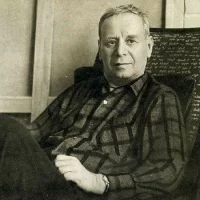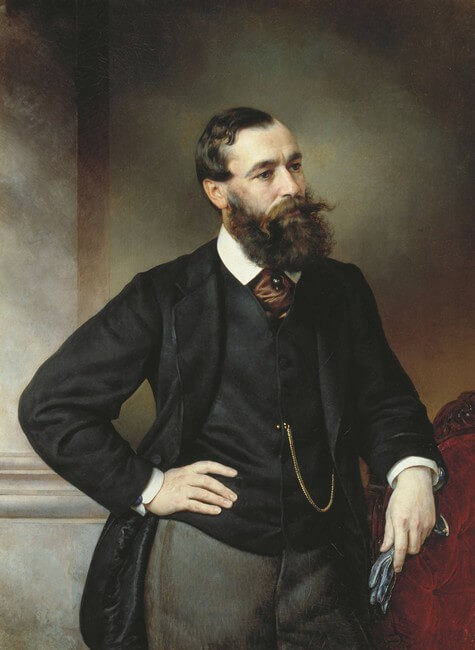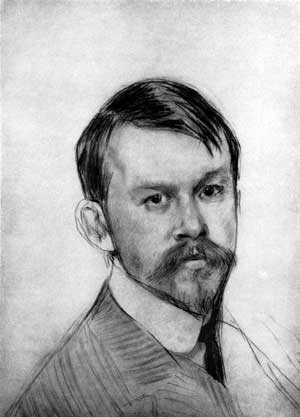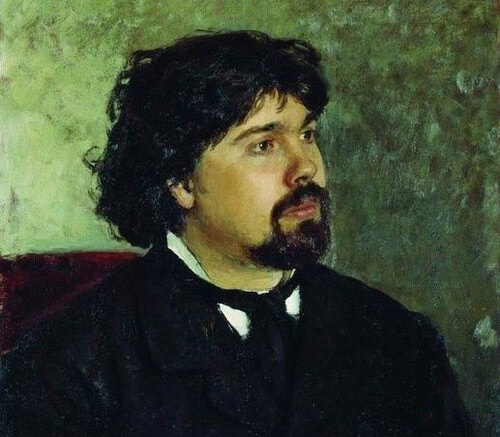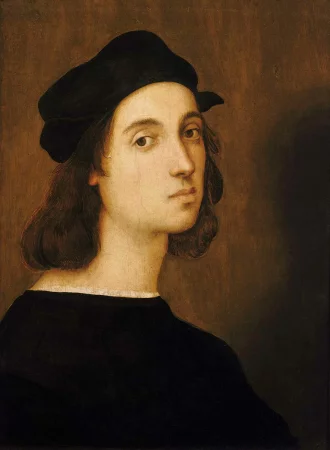Artist Yuri Pimenov, paintings and biography
Yuri Ivanovich Pimenov came to the world on November 26, 1903 in Moscow. His family was wealthy (his father was a lawyer, while his mother was a merchant's daughter), and Yura was able to get a good education at the No. 10 Moscow gymnasium. During his studying, the talent of the future artist did not go unnoticed, and his teacher helped him join the Zamoskvoretskaya drawing school.
After that, when he was seventeen, Yuri showed his works to Sergey Vasilyevich Malyutin, a painter and graphic artist, who appreciated the abilities of the young artist and invited him to intern in his workshop. In three years, when the Higher Artistic and Technical Workshops (VKHUTEMAS) were just arranged, Yuri joined as well.
The master used to say that the studies not only gave him a lot in terms of honing his skills, but also assisted in expanding his horizons. The master recalled how the poems of Vladimir Vladimirovich Mayakovsky were read during the lectures, and how the performances of Vsevolod Emilievich Meyerhold were discussed during the classes. That is why it is not surprising at all that Pimenov eventually emerged as a true innovator, combining the popular trends of the Western painting style with the ones of the traditional Russian school.
However, his manner of painting remained incomprehensible to the people. Expressionist trends scared the unprepared visitors (for instance, the terrific canvas titled the “Invalids of War”, painted back in 1926). The accusations of formalism and bourgeois influence took on a frequent basis, and eventually began to be heard; note that in those days these sorts of formulations resulted in a boycott from the side of publishers and exhibition arrangers.
Yuri Ivanovich was left with no money and work, living on his wife, Natalya Konstantinovna Bernadskaya’, salary; she was working as a stenographer. He plunged into apathy, with physical illness added to his mental problems: he got bitten by a rabid dog and emotional shock made him cease to be engaged in creativity.
While receiving the treatment for depression, the master traveled to the countryside almost every day to wander in nature, studying landscapes and residents. After this break and having received new impressions, Yuri Ivanovich managed to develop a completely new style of painting, which he referred to as lyrical and elegant.
In 1937, he wrote a bright and joyful picture titled "New Moscow", which subsequently became assort of textbook and one of his calling cards. In the same year, he got awarded a gold medal for creating the “Stakhanov Movement” panel.
One may ask, how shall the artist who, after all the thorns, has found his own creative path and got famous, behave further? Yuri Ivanovich’s behavior was completely out of the box one: he started to destroy all his old work, and he also took home the museum exhibits made by himself, promising to return or replace them with the new ones, but destroyed them, as well. This resulted in the many canvases remaining only in photographic images; however, at the beginning of the 21st century the Tretyakov Gallery managed to reproduce these images on metal surface and arrange for a separate exhibition.
The new style of painting, found by the master, presented a successful combination of socialist realism and impressionism. The light and fractional brush strokes, depicting the streets of newly built cities, factories and sport events, turned out to be exactly the manner easily understandable to the viewers and glorifying the new realities of the time.
However, Yuri Ivanovich returned to expressionism as it was the only style of painting capable of describing the horrors of war. The tragedy experienced by the country, found its reflection in such works as “Tire Tracks” and “Front Road”. The master could not stay away from what was happening and joined the army in the destroyed Leningrad.
Upon completion of the war, the artist was invited to VGIK as a teacher, and not by accident, as Yuri Ivanovich had been designing theater performances and posters for decades. Returning to the peace theme, Pimenov continued to paint his beloved Moscow city, however, paying more attention not to the historical buildings, but rather to the newly built quarters, construction equipment, and roads being laid.
The artist treated all these household sketches as poetry with a young soul of novelty and creation. The paintings were appreciated by the society, and in 1954 he was elected a corresponding member of the Academy of Arts and was subsequently awarded as an honored worker of arts in 1957. Yuri Ivanovich got two Stalin Prizes of the second degree, the Lenin Prize, the Order of Lenin, the Order of the Red Banner of Labor and numerous medals.
It is worth saying that that at the same time in 1966 was one of those to sign a letter against the rehabilitation of Stalin.
The master lived for 73 years and passed away dying in Moscow in 1977. His masterpieces are exhibited in the largest Russian museums and still enjoy popular love.
Comments (0)
Top
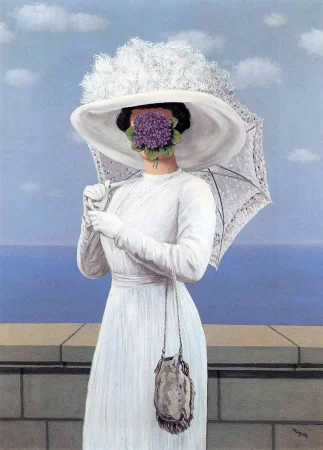 Painting The Great War, Rene Magritte - Meaning and Analysis
Painting The Great War, Rene Magritte - Meaning and Analysis
The Great War - Rene Magritte. Canvas, oil. 81 x 60 cm...
10.10.23
1 086
0
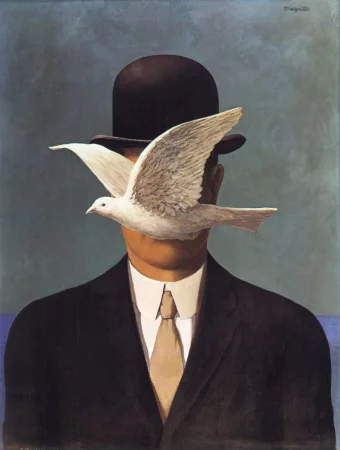 The man in the bowler hat, Rene Magritte
The man in the bowler hat, Rene Magritte
The man in the bowler hat - Rene Magritte. Canvas, oil. 70 x 50 cm...
06.09.23
2 724
0
